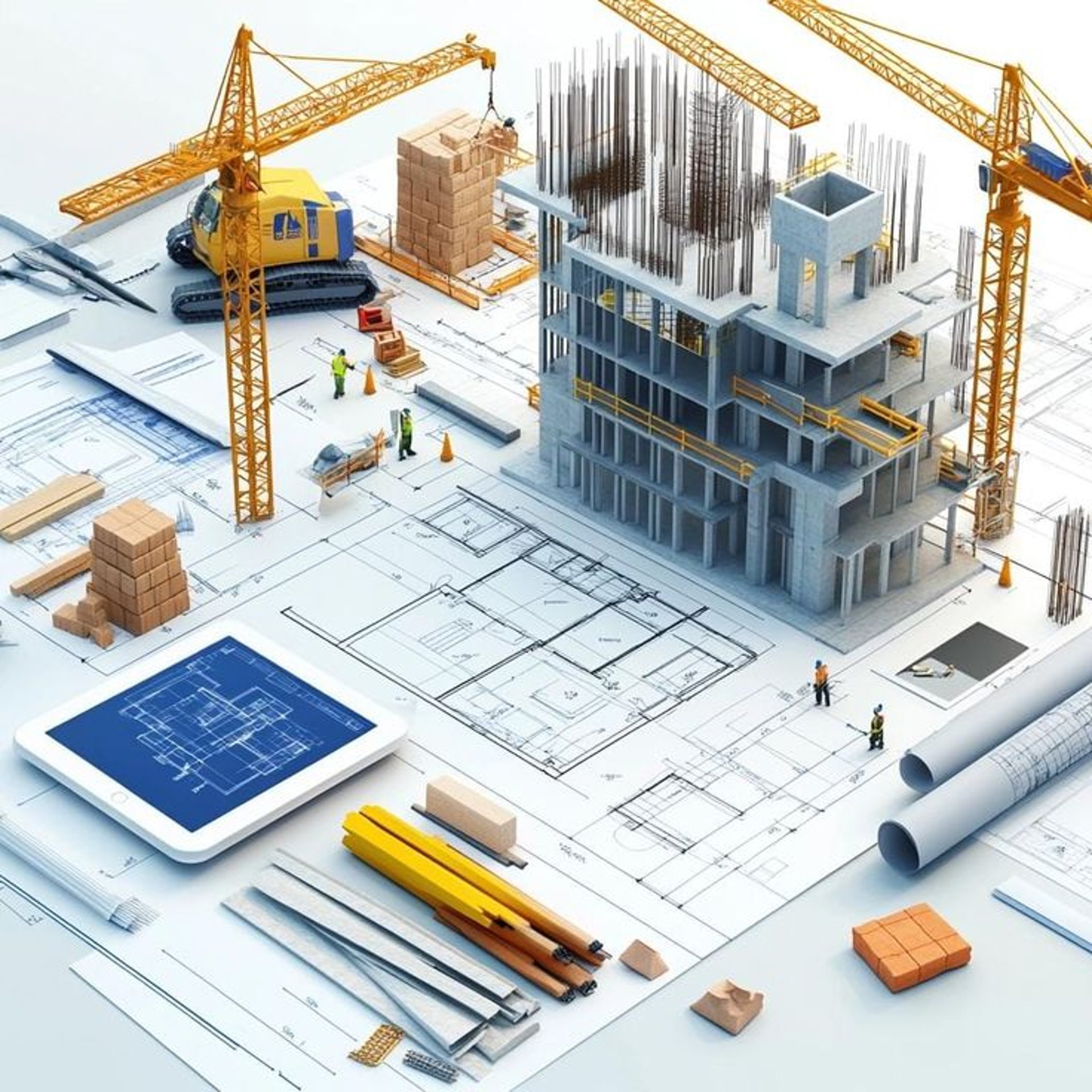
Civil, Structure, & Architecture
1. Structural Analysis
Engineering evaluation of structural integrity and performance
Contents:
Load calculations (dead, live, wind, seismic)
Stress/strain distribution diagrams
Deflection analysis
Factor of safety calculations
Purpose: Ensures structures can withstand all anticipated loads without failure
Output: Structural calculation report with safety margins
2. Foundation Analysis
Assessment of soil-structure interaction and foundation design
Contents:
Soil bearing capacity
Settlement analysis
Foundation type selection (shallow/deep)
Pile capacity calculations (if applicable)
Purpose: Guarantees stable support for structures
Special Considerations: Includes geotechnical report review
3. Design & Construction Specification
Technical requirements for materials and workmanship
Contents:
Material quality standards
Installation procedures
Testing requirements
Acceptance criteria
Purpose: Provides legally binding quality standards
Sections: Typically divided by CSI MasterFormat divisions
4. Architectural Design
Comprehensive building design solution
Contents:
Space planning
Aesthetic elements
Building envelope details
Compliance with codes
Deliverables: Includes renderings, material boards, and finish schedules
5. Standard & Engineering Drawing
Technical illustrations of design intent
Types:
General arrangement drawings
Detail drawings
Section drawings
Elevation drawings
Standards: Follows ASME Y14.5 or ISO 128 norms
Purpose: Communicates exact dimensional requirements
6. Requisition (Material & Construction)
Formal request for goods/services
Components:
Material specifications
Quantities
Delivery requirements
Quality certifications needed
Process: Typically part of procurement workflow
7. Shop Drawing
Contractor-produced fabrication drawings
Characteristics:
Manufacturer-specific details
Assembly instructions
Approved by design team
Purpose: Shows how components will be made/installed
8. MTO (Material Take-Off)
Comprehensive material quantification
Details:
Bill of quantities
Material types
Sizes and weights
Usage: Basis for procurement and cost estimation
Accuracy: Typically ±5-10% at detailed design stage
Workflow Integration:
Design Phase: Structural/Foundation Analysis → Architectural Design
Documentation: Engineering Drawings → Specifications
Procurement: MTO → Requisitions
Construction: Shop Drawings → Field verification
Key Relationships:
Structural analysis informs foundation design
MTO derives from engineering drawings
Shop drawings must comply with specifications
Requisitions reference MTO data
Quality Control:
All documents typically undergo:
Internal reviews
Client approvals
Regulatory compliance checks
Version control

Services
Visit us
Jalan Batik Halus No.10A Sukaluyu Kota Bandung, Jawa Barat 40123
© 2025. All rights reserved.
Address Bandung
location
Address Jakarta
CIBIS 9 Tower Floor 11th, TB Simatupang No.2 South Jakarta, Jakarta, 12560

